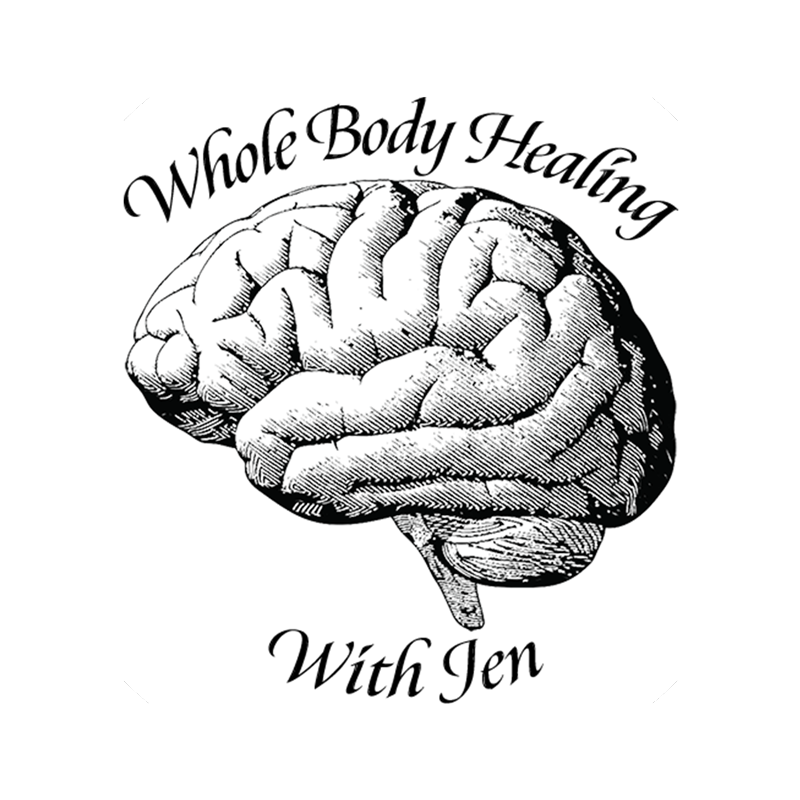Meat Stock: The Magic Healing Power of Soup!
What is meat stock? Is it a powerful tool when it comes to healing the gut lining, plus all the nerves and collagenous tissues of our bodies! We need a healthy gut lining in order to grow a healthy garden of bacteria, because they need a nice soft landing pad to call home! We can heal the nervous system and brain through the gut because our enteric nervous system is about 70% of our entire nervous system, and it lives inside the lining of our gut. This connects directly to the brain stem through the vagus nerve.
This is why healing the gut is a foundation of all recovery from chronic illness, whether we are talking about autoimmunity, allergies, asthma, neurological symptoms, learning disabilities, psychiatric issues, and more.
Meat stock has been used as a traditional medicinal food for thousands of years, but was popularized in the western world by Dr. Natasha Campbell McBride, and it is a cornerstone of the GAPS diet. One thing that many people get wrong when they first start on their gut healing journey is that they start making bone broth, which is long cooked, 12-24 hours, instead of meat stock, which is short cooked, 1-5 hours. Bone broth (long cooked) is actually better at maintaining gut health, once your gut is already repaired. When you cook stock bones for up to 24 hours you create a broth very high in glutamate as well as histamine. Glutamate and histamine are very stimulating amino acids that have a very activating effect in the brain, and can actually exacerbate neurological symptoms. Meat stock, only cooked 1-5 hours, is going to be lower in glutamate and histamine, is gentler on the nervous system, and often better tolerated in the early stages of healing.
What are the key components of meat stock?
For meat stock, you want to use any cut where the bones and meat together. This will include all the connective tissue, that connects the bones and the meat together. This is a form of bioavailable collagen that will be much more healing than any collagen powder you buy in supplemental form.
Meat stock also has high amounts of the amino acid glycine, which actually has a down regulating or calming effect on the body and nervous system. Glycine is the precursor to GABA, which is the neurotransmitter that allows us to feel calm, relaxed and able to just kind of laugh off stress. P
How to do it
A large stock pot is the most important tool you need. Don’t use an instant pot or pressure cooker, this will make bone broth. You just need a regular stock pot. Get one as large as you need to be able to drink six cups per day, which is the optimal amount of gut repair. You can start with one cup or even less and work up to this.
Source filtered water, either bottled or invest in a decent filter for your tap. Chlorine and fluoride are anti bacterial and can disrupt your gut flora.
Procure a cut of meat that has the bones and meat together. This could be a whole chicken, seafood scraps, a bone in roast. Buy the highest quality that you can afford. Ideally, you do want to get organic, pasture raised, wild caught or grass fed labels if possible.
Put the meat in the stock pot and then add the filtered water. If you want to make really thick broth, use one quart of water for every pound of meat. You can start with double or triple this if you want to make a thinner broth. You can add fresh herbs in for the flavor and the medicinal compounds, but this is optional. Strain them out at the end, don’t eat the herbs. You do need to add a generous amount of unrefined mineral salt.
Turn the stove on high. Once it starts boiling, all the impurities will rise to the top. This can look like sludge or foam. Scoop this out. Turn it down to a simmer and let cook for 1-5 hours. You can use a strainer to separate the stock from the meat and herbs and transfer the liquid into mason jars. Store in the fridge or freezer.


